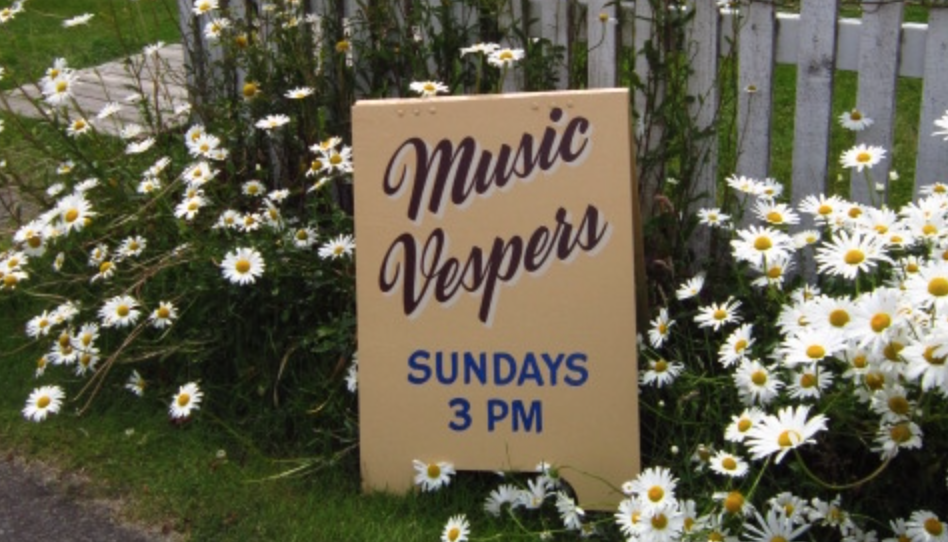Coast Chronicles: Two holiday recipes for family festivities
Published 7:37 am Monday, December 20, 2021

- Caroling elves roaming the northend of the Peninsula found time to rendezvous with Santa at Doc’s Tavern in Ocean Park.
Decorations?
A friend remarked after getting assistance bringing storage box after box of Christmas decorations down from the attic, “My helper called this the ‘National Lampoon Christmas’…!” I guess he, a minimalist at the best of times, was amused by the enormity of lights, balls and globes, angels, Mr. and Mrs. Santas, wreaths, garlands, elves, candles, reindeer, banners, tinsel, figurines, and tree ornaments spilling out of these boxes in grand tsunami waves of joy.
I, for one, have found it comforting that others are decorating sumptuously for the holidays since my items of cheer are staying in boxes on closet shelves. I just can’t seem to get inspired this year. Have I finally succumbed to the numbing of the extended pandemic? Am I falling into Scrooge territory? Why don’t I have a red stocking hanging on the mantel with care?
Maybe it’s because I can’t imagine a single thing I need for Christmas or one’s holiday of choice; and I have similar suspicions about my adult friends and family. Maybe Epsom salts (with lavender) would be acceptable. Or something for the dog. Much more pleasing to me is the idea of giving a family in Guatemala a goat or chicken (www.heifer.com); or sending money to help fight the appalling state of our industrially-tortured farm animals (www.thehumaneleague.org or www.mercyforanimals.org); or funds for one of the worthy organizations listed with our very own South Pacific County Community Foundation (www.spccf.org). Any of these is better than another pair of socks — though I did put in the Ocean Park Food Bank locker a Ziplock full of heavy socks for winter. I’ll bet someone appreciates them.
Holiday charcuterie
Anyway — decorating-schmecorating. One thing I can get into over the holidays is good meals with friends. To launch this tradition, a couple weekends ago six of us gathered around a big table to schmooze about cooking (some James Beard tales coming soon) and to savor delicious fare while admonishing ourselves for not doing this more often. Again it seems that the pandemic has dulled our initiative to call friends together simply to talk. In fact, no special occasion is needed for this pleasure, though we tend to think it is.
I knew the main dish and dessert for this special meal would be covered by others more skilled than I; so, for this event, I decided to make a charcuterie plate. This featured a couple recipes created by my mother, the ever ingenious Virginia C. Gable, who — as I’ve mentioned before — won the first ever Queen of the Kitchen Award at the Central Washington Fair in 1959. Perhaps I might remind folks who weren’t alive in those days that meals enjoyed by most fathers in 1959 were meat and potatoes with gravy. Vegetables, if any, were set to the side of the plate or completely ignored. (One friend’s dad, when the greens came around, would always say, “My plate is too full,” though she finally noticed that never was the plate empty enough for veggies.)
Mom was an adventurous cook who had to find her outlet for creative cuisine in other places. One of her stellar inventions was something she called “Cornucopias.” In a way, dad played a small part in this in that one of the main ingredients came from his home territory in Pennsylvania: Lebanon, PA is a small town known for it distinctive dry sausage. Lebanon Bologna now has its own Wikipedia page — en.wikipedia.org/wiki/Lebanon_bologna — which would be an amazement to any of dad’s family still alive.
It is basically a cured and fermented cold-smoked beef sausage with a dark tangy flavor. It makes slices around four and a half inches across and is part of the sausage-making tradition in the Pennsylvania Dutch part of the state where dad grew up. For many years one of dad’s brothers or sisters would mail us a huge length of “Leb’non” bologna and big tins of Snyder’s pretzels (from Hanover, PA) around Christmas time. That may be why this recipe evolved to be something to make and enjoy around the holidays.
In many larger cities or in very good delis you can now find Lebanon bologna; but, alas, for my charcuterie plate I didn’t start my search soon enough and couldn’t get my hands on any. When you substitute another dry sausage, the most salient feature most be the size, as you’ll see in a moment.
Here’s mom’s recipe: one package of cream cheese, one or two garlic cloves (to taste), ½ cup of green olives with pimentos (chopped), ¼ cup of walnuts (chopped), 3-5 drops of Tabasco Sauce, two teaspoons of Worcestershire, and one teaspoon of horseradish. Now take your sausage slices cut into rounds (not too thick) and cut each slice into a half circle. Spread the cheese mixture onto the half-moon slices and roll each one into a cornucopia shape. (The pointy end of the cornucopia is basically the midpoint on the flat side of the semi-circle slice, the rind edges make the bell-flare—see photo. You’ll see once you start rolling that you don’t need too much filling on the bologna, but it’s this sticky filling that keeps the cornucopias in shape.)
Red beet eggs
I feel like I’m channeling mom here but also Lucille Downer who had a wonderful recipe column in the Chinook Observer for many years. My sis, mom, and I loved to go over to visit Lucille occasionally and talk about food. Sometimes she even let us in on some of her recipes, especially pickling. So here follows another of our family favorites.
Eggs are not formally part of a charcuterie plate — normally it’s just meat, cheese, and sometimes fruit on the side — but I decided to include another of mom’s recipes adapted, again, from dad’s side of the family. This is a simple but visually dramatic pickled egg recipe that makes for a delicious appetizer.
Before you start find a large glass canning jar and lid in a size sufficient to accommodate your products. Buy four or five good sized beets; wash them well and put them unpeeled on the stove to boil. Now hard boil your eggs (everybody argues about how to do this — so you’re on your own here). Cool the eggs and peel them. When your beets are cooked, cool them just enough to rub the skins off and slice them, but—very important! — keep the juice they were boiled in. Layer your eggs and sliced beets. in the jar. (The eggs will tend to float; the beets will keep them submerged.)
Then mix one cup beet juice to three cups vinegar and one cup sugar — you may need to put this back on the stove to make sure the sugar is thoroughly dissolved. Now pour your hot pickling liquid over the eggs and beets. Leave for three days — this is the hardest part! You may want to jostle the eggs around in the jar to make sure there are no white/bare spots on them. Ideally the red pickling juice will saturate the eggs just to the edge of their bright yellow yolks when sliced in half. The pickled beets are also delicious.
I’ll bet your family has some favorite holiday recipes too. Now is the time to dig them out and teach your kids or grandkids how to make them. (Our family recipes are taped on the back of the cupboard doors in the kitchen.) A week or so ago, sister Starla got an email from godson Zach in New York City asking about mom’s cornucopia recipe. He sent us a picture of his version — not bad for his first try.
Holidays are times for giving, but maybe not everything has to be wrapped, ribboned, and in a box. The best gifts could just be scribbled on note cards stuck on the fridge. Happy sharing.





